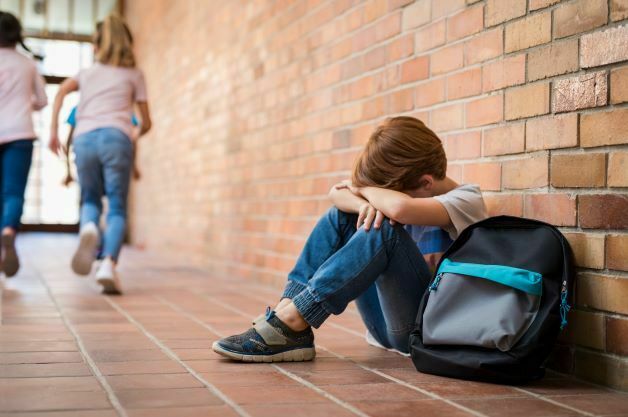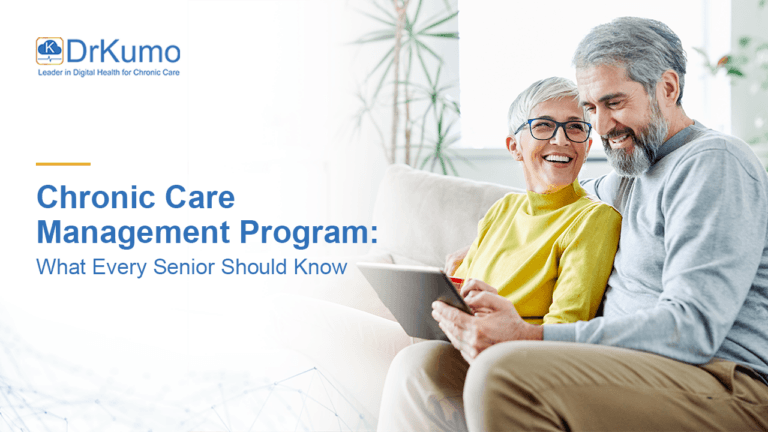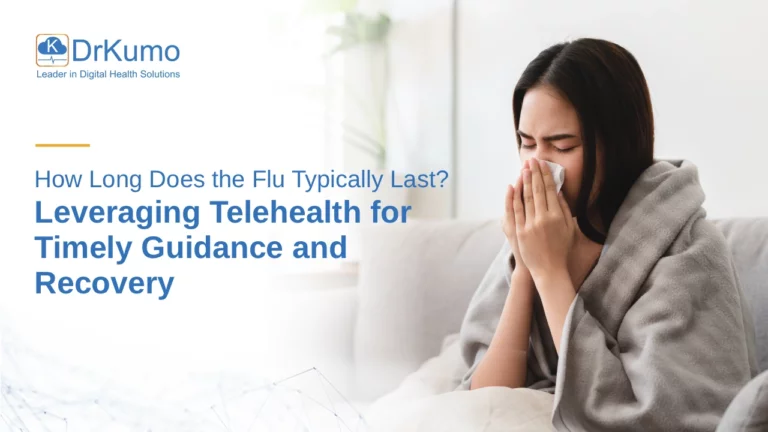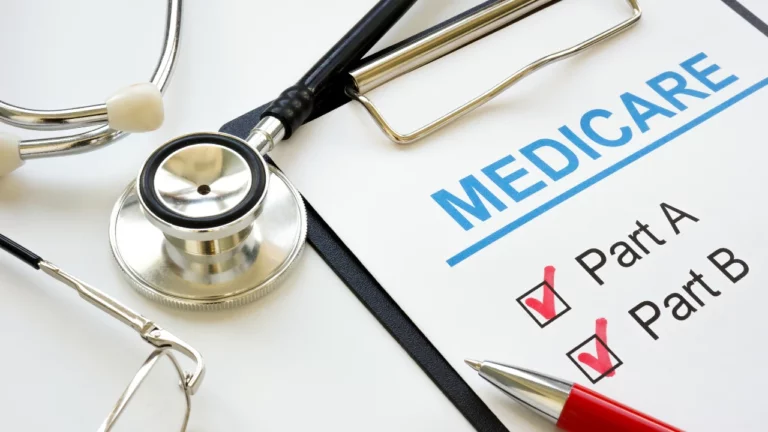It is no secret that childhood can be tough. But while some kids seem to sail through it unscathed, others face a range of challenges that can leave lasting scars.
Trauma is anything that overwhelms or frightens a child and can have a serious impact on their physical, emotional, and social development. There are many sources of trauma for children, some of which are more common than others.
In this article, we’ll take a look at the 8 most common sources of child trauma. If you’re concerned about your child, it’s important to be aware of these potential risks.
What is Childhood Trauma?
Trauma can be a very loaded word, and it’s one that can mean different things to different people. So let’s start off by defining it. Trauma is an emotional response to a deeply distressing or disturbing event.
For children, trauma can be caused by anything from physical and sexual abuse to losing a loved one to natural disasters. It can also be the result of witnessing violence or crime. As you can imagine, these experiences can have a devastating effect on a child’s development and well-being.
So, what are the most common sources of childhood trauma? Here are 8 of them:
Bullying
Bullying is any unwarranted behavior intended to cause bodily or psychological harm to someone who is perceived to be weaker physically or socially. Bullying is a type of harassment that takes place in person or online and is frequently recurrent and chronic. Childhood bullying may cause harm, grief, and educational harm that may have an impact on adolescence later on.
Community violence
Contrary to bullying, which is often perpetrated directly on the child, trauma from community violence is more often the result of exposure to violent acts and behaviors in the community, such as gang violence, school shootings, riots, or police brutality. Among children, estimated rates of community violence witnessing range from 39% to 85%, while victimization rates can reach 66%. Community violence exposure, whether direct or indirect, is linked to several negative mental health outcomes in children and adolescents, including internalizing trauma-related symptoms, a history of substance abuse, and a higher risk of developing schizophrenia.
Disasters
Children and adolescents are estimated to have made up a significant fraction of the approximately 2.5 billion people affected by disasters globally over the last decade. Disaster-related traumas include the loss of loved ones, disruptions brought on by disaster-caused homelessness and suffering, and the collapse of community structures in addition to the experience of natural and man-made catastrophes themselves. Natural disaster exposure is a highly stressful experience that increases the risk of a variety of maladaptive consequences, especially in children.
Domestic abuse between partners
Similar to how communal violence affects people, intimate partner violence-related trauma can emerge from exposure to domestic violence, which is common violence committed against one or more family members or caregivers. A kid’s health and development are severely impacted by seeing violence and threats against a caregiver in the early years of life. It is frequently followed by direct physical and emotional abuse of the child. Outcomes for children include psychological distress, behavioral disorders, self-regulation disturbances, social interaction challenges, and disorganized attachment.
Medical trauma
Medical trauma, also known as “pediatric medical traumatic stress,” is a term used to describe a group of psychological and physical reactions that children and their families have to experience pain, injury, serious disease, medical procedures, and intrusive or frightening treatment experiences. Medical trauma can result from a single or a series of medical occurrences. Children receive information differently since their cognitive abilities are still growing. Perhaps they believe that being in pain is a punishment for something they did wrong or that their injuries were somehow their fault.
Traumatic separation
A kid who experiences prolonged separation from a caregiver may have separation trauma, which is a break in their attachment bond that can have fatal consequences.
Refugees’ trauma
Childhood trauma associated with refugees can result from war, persecution, or violence in the child’s country of origin, as well as from the process of displacement or even the disruptions and transitions of resettlement into the destination country. Children who are refugees may develop behavioral issues, mood and anxiety disorders, PTSD, and adjustment issues as a result of trauma.
Physical abuse
Physical abuse is defined as physical trauma or injury brought on by striking, slapping, or otherwise injuring a child. This type of abuse is regarded as not being accidental. Injuries can range from minor bruises to broken bones, skull fractures, and even death. Short-term effects of physical abuse on children include fractures, cognitive or intellectual disabilities, social skills deficits, PTSD, other psychiatric disorders, heightened aggression, and externalizing behaviors, anxiety, risk-taking behavior, and suicidal behavior. Long-term effects include difficulty trusting others, low self-esteem, anxiety, and physical problems
How Remote Patient Monitoring Can Help Patients with Trauma
Trauma is a huge problem for many people, both children and adults. It’s something that can have a long-term impact on a person’s life, and it can be very difficult to overcome especially if there is an accompanying chronic disease or mental disorder.
Remote patient monitoring can help patients with trauma by providing them with continuous care and support. And this can make a big difference in their lives. With remote patient monitoring, patients can get the help they need without ever having to leave their home. This is a big advantage for people who are struggling to cope with their trauma. It’s also a great way to reduce the stress that comes with being in hospital.
So if you’re looking for a way to help someone who is struggling with trauma, remote patient monitoring may be the right solution for you. Talk to your doctor to know the right RPM program for you or your child.
Takeaway
As a parent, it’s important to be aware of the potential sources of childhood trauma in order to be prepared to deal with them if they arise. By understanding the most common causes of childhood trauma, you can be more attuned to your child’s emotional state and take action if necessary.
If you think your child may be experiencing trauma, don’t hesitate to seek professional help. A therapist or counselor who specializes in working with children can provide the necessary support and guidance to help your child heal.
Reference
- Children and Trauma. www.apa.org/pi/families/resources/children-trauma-update. Accessed 26 Sept. 2022.








